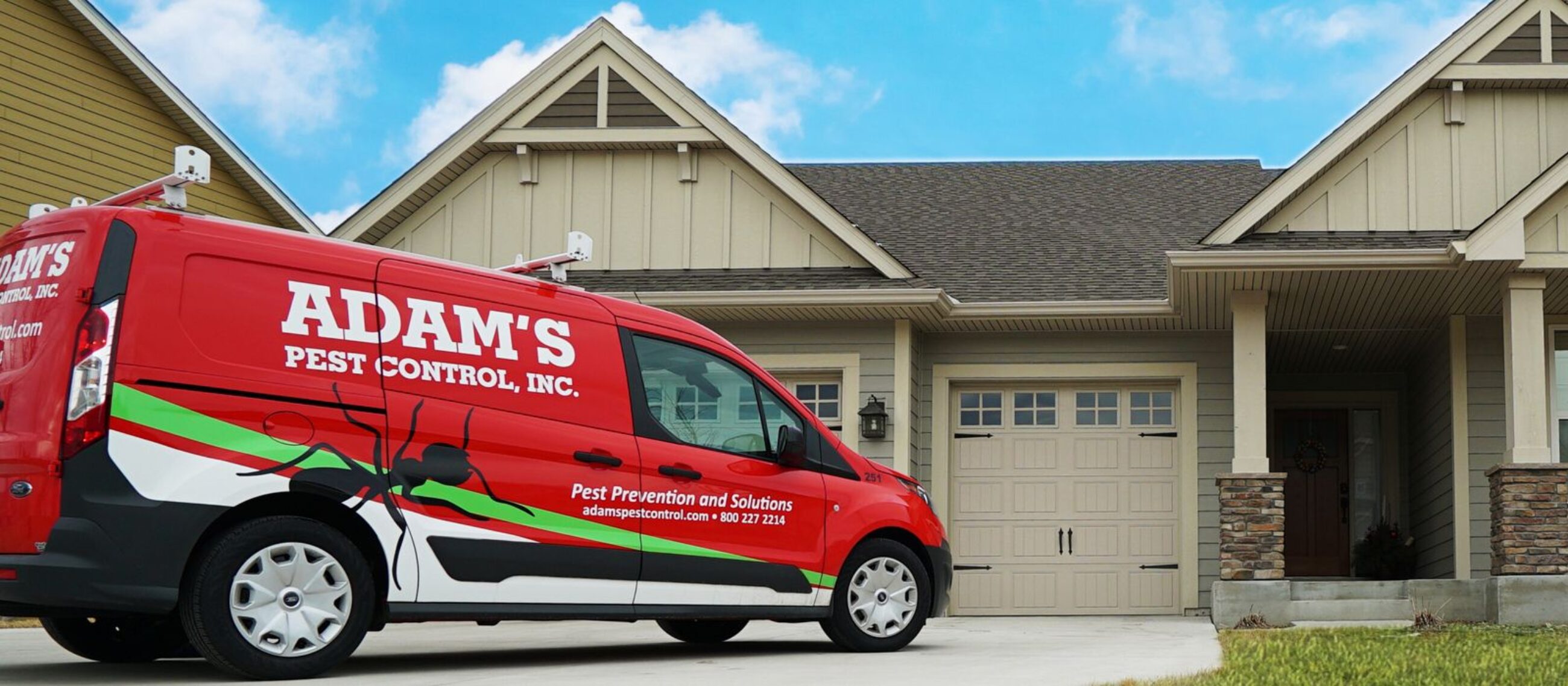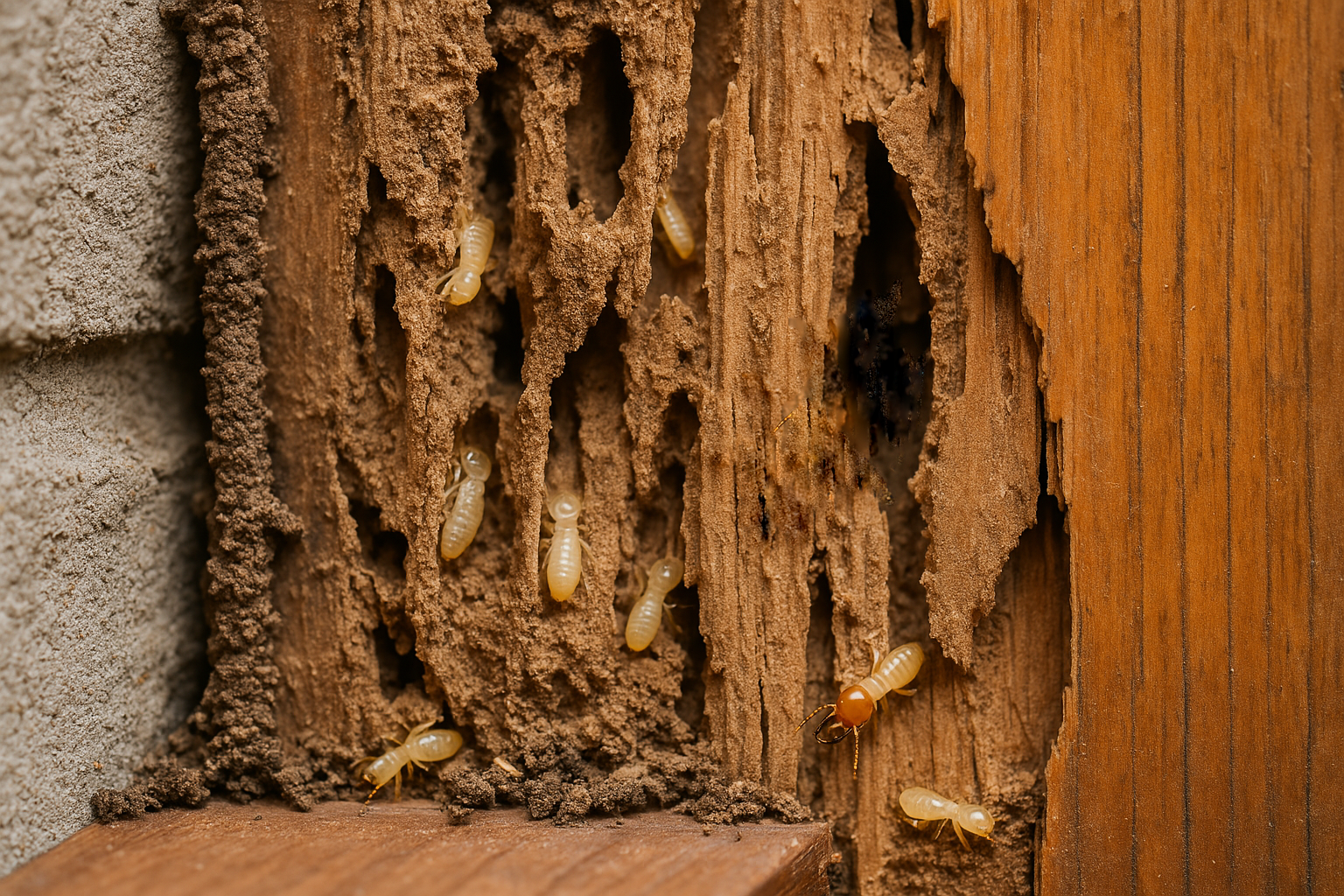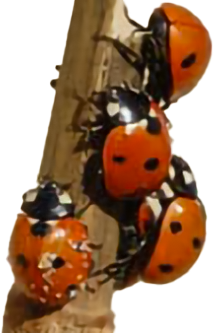Why Protecting Pollinators and Bee Hea Matters for Our Environment and Agriculture
Bee Health is A Concern Of All is A Concern of All. Discover why bee health is vital for the environment and how you can help protect pollinators with eco-friendly solutions
Pollinators like bees play a vital role in maintaining healthy ecosystems and supporting agriculture. They help plants reproduce by transferring pollen, which leads to the growth of fruits, vegetables, and seeds. Without pollinators, many of the foods we rely on would become scarce or more expensive. Beyond agriculture, pollinators contribute to biodiversity by supporting wild plants that provide food and shelter for other wildlife.
Unfortunately, pollinator populations face threats from habitat loss, pesticide use, diseases, and climate change. Protecting these essential insects ensures the stability of food supplies and the overall health of our environment. By planting pollinator-friendly gardens, reducing pesticide use, and supporting conservation efforts, we can help safeguard these crucial species.
Understanding why pollinators matter encourages responsible actions that benefit both nature and agriculture. Everyone has a role in protecting pollinators to secure a sustainable and thriving future for our planet.
Between 1996 and 2006, the populations of wild and honey bees dramatically decreased in North America (1). Although the U.S. populations have stabilized in recent years, the actual reasons for this phenomenon are not yet fully understood. Researchers assume that there are various factors contributing to the decline of bee populations. Pesticides, particularly insecticides, are thought to be among these factors2.
Bee Health? Why the worry?
Pollinators, especially honey bees, play an important role in the survival of many flowering plants needed in our environments and daily diets.
As with other insects, most pesticides can kill bees, but neonicotinoid insecticides are commonly blamed for the death of bees largely viewed as beneficial insects by the pest management and agricultural industries. Neonicotinoids are synthetic insecticides that are known to be systemic, meaning they can move through the plant’s system and end up in pollen and nectar that bees use as food. The use of neonicotinoid products in the structural pest control industry is normally limited to crack and crevice indoor applications of baits intended for managing cockroaches and ants. Pest management professionals (PMPs) may apply some outdoor products as perimeter or barrier treatments around the exterior walls of the structure.
The use of pesticides is critical in the battle against unwanted and disease-vectoring pests. Only licensed professionals should apply pesticides. All pesticide applications must be consistent with the product label in ways that minimize the risk of exposure to non-targets, including bees.
References:
1. Biesmeijer, J. C., Roberts, S. P. M., Reemer, M., Ohlemuller, R., Edwards, M., Peeters, T., Schaffers, A. P., Potts, S. G., Kleukers, R., Thomas, C. D., Settele, J. and Kunin, W. E. (2006) ‘Parallel declines in pollinators and insect pollinated plants in Britain and the Netherlands’, Science. 313: 351–354.
2. Desneux N, Decourtye A, Delpuech JM. 2007. The sublethal effects of pesticides on beneficial arthropods. Annu Rev Entomol. 52: 81–106.

Image of Bee and butterfly getting pollen from sunflower




